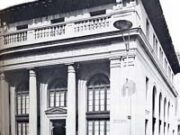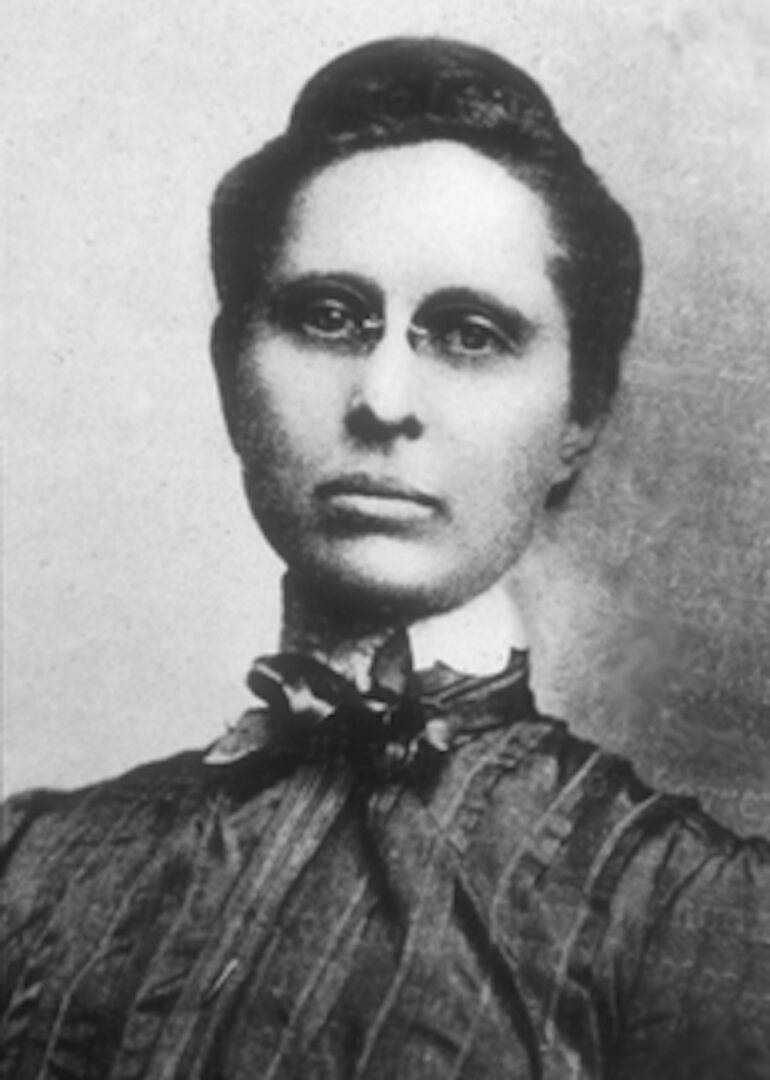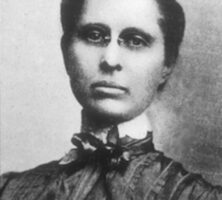Henrietta Dozier was the first female architect in Georgia and the first woman in the South to receive formal architectural training and to graduate from a nationally accredited school of architecture. Her designs include churches, schools, banks, government buildings, houses, and apartments.
Henrietta Cuttino Dozier was born on April 22, 1872, in Fernandina, Florida, to Cornelia Ann Scriven and Henry Cuttino Dozier, who died before she was born. Dozier, her mother, and her sister moved to Atlanta before she was two years old. After graduating from Girls High School in 1891, she studied Beaux-Arts classicism at the Pratt Institute in Brooklyn, New York, and in 1899 she earned a Bachelor of Science in Architecture from the Massachusetts Institute of Technology, where she was one of three women in her class.
Dozier practiced in Atlanta from 1901, when she began working with prominent architect W. T. Downing, until 1916, when she established a private practice in Jacksonville, Florida. The only Atlanta buildings attributed to her are the Episcopal Chapel for the All Saints Episcopal Church (1903); a rustic half-timber and stucco building that burned in 1906; the Southern Ruralist Building on Hunter Street (later Martin Luther King Jr. Drive), which she believed to be her “most outstanding” design in Atlanta; and the Atlanta Bible School at 88 Cooper Street. According to Dozier, she received all of the commissions for the Episcopal diocese that were authorized by Bishop Cleland Kinlock Nelson.
In 1905 Dozier became the third woman, and the first southern woman, to be granted membership in the American Institute of Architects (AIA). The following year Dozier and five prominent Atlanta architects, Alexander C. Bruce, Walter T. Downing, Thomas H. Morgan, G. L. Norrman, and Harry Leslie Walker, founded the Atlanta Chapter of the AIA. Dozier was active in the chapter, representing it at the Eighth International Congress of Architects in Vienna, Austria, in 1908 and serving as the secretary of the chapter during 1910-11. In addition to serving on the AIA board from 1906 to 1916, Dozier helped to establish the short-lived Architectural Arts League of Atlanta in 1910. She was involved in the decision to require architects practicing in Georgia to be licensed, a rule which went into effect in 1920. She also helped to establish a scholarship fund for the new School of Architecture at the Georgia Institute of Technology in Atlanta. From the time of her departure in 1916 until 1941, there were no women in the Atlanta Chapter of the AIA.
While in Jacksonville, Dozier designed a number of buildings. She was an associate architect on the Federal Reserve Bank of Atlanta, Jacksonville Branch Building, and worked for the city’s engineering department during World War I (1917-18). In 1929, at the beginning of the Great Depression, Dozier’s practice dwindled to almost nothing, and she lost her own house, which she had designed. By 1936, however, her practice was again active. An interview that she gave in 1939 as part of U.S. president Franklin D. Roosevelt’s Federal Writers Project sheds light on Dozier’s firm convictions about everything from architecture to fishing (her hobby) and politics. She criticized the Modernist style of architecture as a mere fad, believing instead in the classic traditions of good style and high-quality materials.
Dozier was an Episcopalian and a licensed genealogist who traced the lineage of both her maternal and paternal families. She never married and was known throughout her life as “Harry” or “Uncle Harry or “Cousin Harry” after her father. She died in Jacksonville on April 17, 1947.






